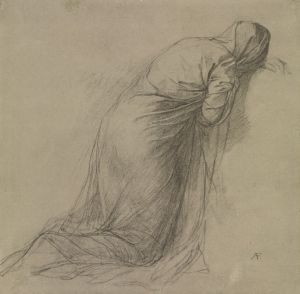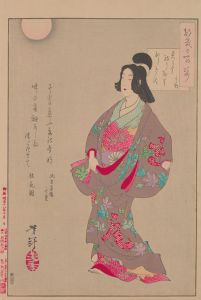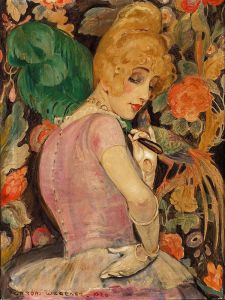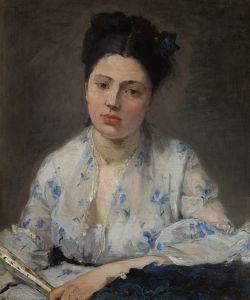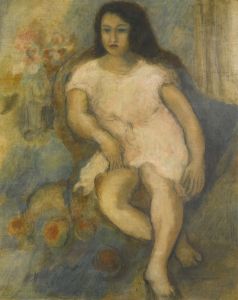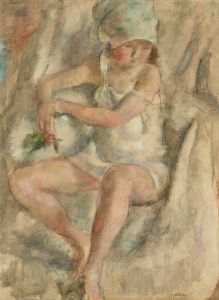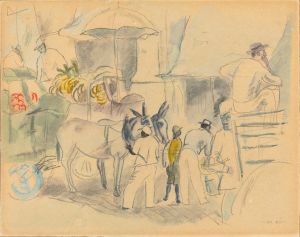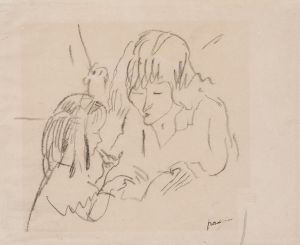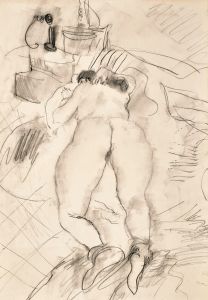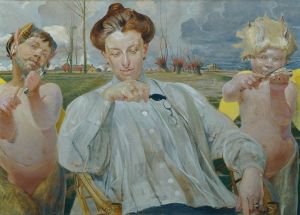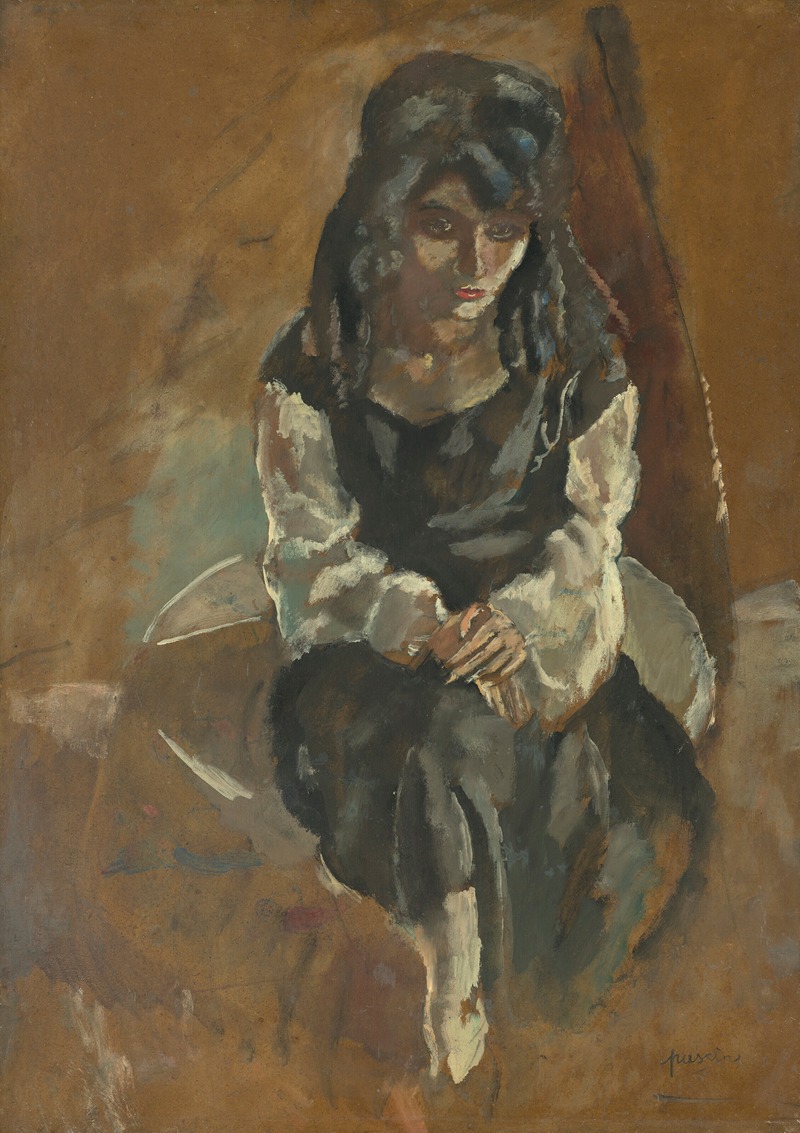
La Princesse persane
A hand-painted replica of Jules Pascin’s masterpiece La Princesse persane, meticulously crafted by professional artists to capture the true essence of the original. Each piece is created with museum-quality canvas and rare mineral pigments, carefully painted by experienced artists with delicate brushstrokes and rich, layered colors to perfectly recreate the texture of the original artwork. Unlike machine-printed reproductions, this hand-painted version brings the painting to life, infused with the artist’s emotions and skill in every stroke. Whether for personal collection or home decoration, it instantly elevates the artistic atmosphere of any space.
Jules Pascin, born Julius Mordecai Pincas in 1885, was a Bulgarian-born artist known for his contributions to the modern art movement in the early 20th century. He is often associated with the School of Paris, a group of artists who lived and worked in the French capital during this period. Pascin's work is characterized by its expressive style and often features figures, portraits, and scenes of everyday life.
"La Princesse persane" is one of Pascin's notable works. While specific details about this painting are limited, it is known that Pascin often drew inspiration from his travels and the diverse cultures he encountered. His works frequently depict figures with a sense of intimacy and emotional depth, often rendered in a loose, fluid style that captures the essence of his subjects.
Pascin's artistic career began in earnest when he moved to Paris in 1905. The city was a vibrant hub for artists, and Pascin quickly became part of the bohemian art scene. He was known for his lively personality and his ability to capture the human form with sensitivity and insight. His work was influenced by various art movements of the time, including Impressionism and Fauvism, but he developed a unique style that set him apart from his contemporaries.
"La Princesse persane" likely reflects Pascin's interest in exotic and foreign themes, a common motif in his work. The title suggests a depiction of a Persian princess, which aligns with Pascin's tendency to explore themes of femininity and beauty. His portraits often convey a sense of melancholy or introspection, inviting viewers to engage with the emotional world of his subjects.
Throughout his career, Pascin exhibited his work in numerous galleries and salons, gaining recognition for his distinctive approach to painting and drawing. Despite his success, Pascin struggled with personal demons, including depression and alcoholism, which ultimately led to his tragic death in 1930. His legacy, however, endures through his art, which continues to be celebrated for its emotional depth and technical skill.
Pascin's work, including "La Princesse persane," remains influential in the art world, offering insight into the cultural and artistic milieu of early 20th-century Paris. His ability to capture the human experience with empathy and nuance ensures that his paintings continue to resonate with audiences today. While specific information about "La Princesse persane" is limited, it stands as a testament to Pascin's enduring talent and his contribution to modern art.






